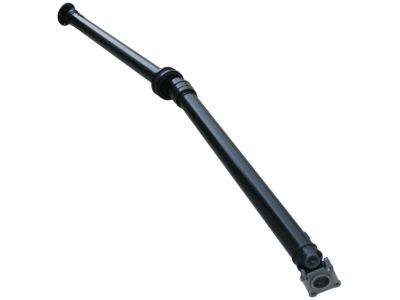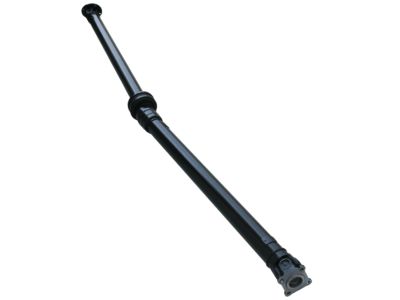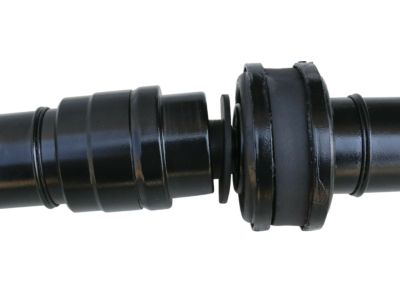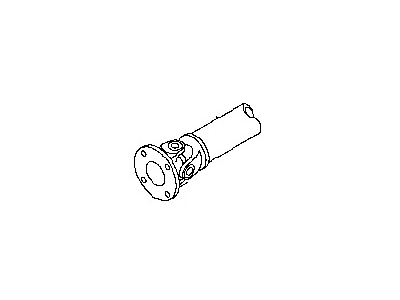×
- Hello
- Login or Register
- Quick Links
- Live Chat
- Track Order
- Parts Availability
- RMA
- Help Center
- Contact Us
- Shop for
- Nissan Parts
- Nissan Accessories

My Garage
My Account
Cart
Genuine Nissan Rogue Drive Shaft
Axle Shaft- Select Vehicle by Model
- Select Vehicle by VIN
Select Vehicle by Model
orMake
Model
Year
Select Vehicle by VIN
For the most accurate results, select vehicle by your VIN (Vehicle Identification Number).
10 Drive Shafts found

Nissan Rogue Shaft Assembly PROPELLER
Part Number: 37000-JM13A$834.38 MSRP: $1178.50You Save: $344.12 (30%)Ships in 1-3 Business DaysNissan Rogue Propeller Shaft Assy
Part Number: 37000-4BA0A$778.09 MSRP: $1099.00You Save: $320.91 (30%)Ships in 1-3 Business DaysNissan Rogue Shaft Assembly PROPELLER
Part Number: 37000-JM14A$834.38 MSRP: $1178.50You Save: $344.12 (30%)Ships in 1-3 Business DaysNissan Rogue Propeller Shaft Assy
Part Number: 37000-4BA1A$1444.46 MSRP: $1748.74You Save: $304.28 (18%)Ships in 1-3 Business DaysNissan Rogue Shaft Assembly-PROPELLER
Part Number: 37000-JM100$834.38 MSRP: $1178.50You Save: $344.12 (30%)Ships in 1-3 Business DaysNissan Rogue Shaft Assembly PROPELLER
Part Number: 37000-JM10A$834.38 MSRP: $1178.50You Save: $344.12 (30%)Nissan Rogue Propeller Shaft Assy
Part Number: 37000-6RA0A$1045.00 MSRP: $1475.98You Save: $430.98 (30%)Ships in 1-3 Business DaysNissan Rogue Propeller Shaft Assy
Part Number: 37000-4BB1A$1213.63 MSRP: $1469.29You Save: $255.66 (18%)Ships in 1-3 Business DaysNissan Rogue Propeller Shaft Assy
Part Number: 37000-6RC1A$263.01 MSRP: $371.48You Save: $108.47 (30%)Ships in 1-3 Business DaysNissan Rogue PROPELLER SHAFT ASSY
Part Number: 37000-6RC0A$1069.09 MSRP: $1510.02You Save: $440.93 (30%)Ships in 1-3 Business Days
Nissan Rogue Drive Shaft
If you need any OEM Nissan Rogue Drive Shaft, feel free to choose them out of our huge selection of genuine Nissan Rogue Drive Shaft. All our parts are offered at unbeatable prices and are supported by the manufacturer's warranty. In addition, we offer quick shipping to have your parts delivered to your door step in a matter of days.
Nissan Rogue Drive Shaft Parts Questions & Experts Answers
- Q: How to inspect and service the driveshaft and Universal Joints, including checks for noise, vibration, and potential damage on Nissan Rogue?A:In these cars, driveshaft is made up of two tubes namely the input tube and the output tube, which transmits power between the Transfer Case and the rear Differential; it has universal joints on its ends and one constant velocity joint in between housed by a bearing. This assembly needs little maintenance, as the universal joints are lubricated for the life of the joint; if a part gives out, the entire driveshaft has to be replaced, although there could be some specialty rebuild centers. Undercoating or mud is not permitted on the driveshaft, but during services, constant check is made and if found to be damaged it can be replaced or articulated and it's also important that the small weights for balance are not lost. When dismantled, the driveshaft has to be replaced back on the flanges in accordance to the previous position with respect to the other for it to have the correct balance. PROBLEMS with a driveshaft generally present themselves in the form of noise or vibration which may be diagnosed during a road test. To access the driveshaft, safely lift the car and support it on jack-stands, lock the wheels, release the park brake, shift the transaxle to Neutral. Doing an examination of the exterior part of the drive shaft, one should consider replacing the shaft if it has dents and or cracks on it. Ensure that there is no oil leakage at the front and rear as this is a sign of a transfer case or differential seal failure and check the rear driveaxles for any looseness. Move the driveshaft as to check the working of the Universal joints to and fro without excess noise or looseness in the center bearing. Grasp each joint and shakes it, since if the movement is apparent, then it must be worn out; also, the mounting bolts and nuts must be tightened at each end. Last but not the least, ensure that center bearing is not loose/or rubber is worn out for center bearing, also ensure that bearing bracket is not bent.

























